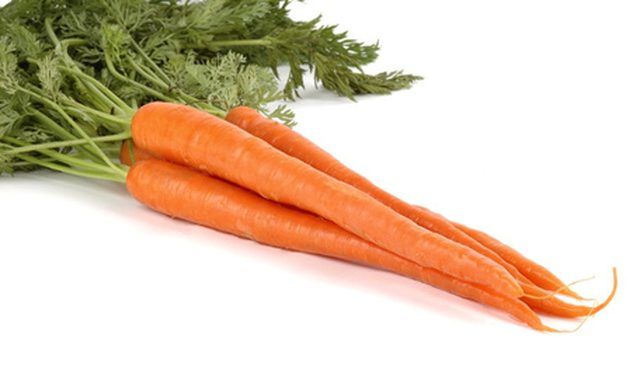Bulbs
Flower Basics
Flower Beds & Specialty Gardens
Flower Garden
Garden Furniture
Garden Gnomes
Garden Seeds
Garden Sheds
Garden Statues
Garden Tools & Supplies
Gardening Basics
Green & Organic
Groundcovers & Vines
Growing Annuals
Growing Basil
Growing Beans
Growing Berries
Growing Blueberries
Growing Cactus
Growing Corn
Growing Cotton
Growing Edibles
Growing Flowers
Growing Garlic
Growing Grapes
Growing Grass
Growing Herbs
Growing Jasmine
Growing Mint
Growing Mushrooms
Orchids
Growing Peanuts
Growing Perennials
Growing Plants
Growing Rosemary
Growing Roses
Growing Strawberries
Growing Sunflowers
Growing Thyme
Growing Tomatoes
Growing Tulips
Growing Vegetables
Herb Basics
Herb Garden
Indoor Growing
Landscaping Basics
Landscaping Patios
Landscaping Plants
Landscaping Shrubs
Landscaping Trees
Landscaping Walks & Pathways
Lawn Basics
Lawn Maintenance
Lawn Mowers
Lawn Ornaments
Lawn Planting
Lawn Tools
Outdoor Growing
Overall Landscape Planning
Pests, Weeds & Problems
Plant Basics
Rock Garden
Rose Garden
Shrubs
Soil
Specialty Gardens
Trees
Vegetable Garden
Yard Maintenance
How to Grow Vegetables in Planter Boxes
How to Grow Vegetables in Planter Boxes. If you live in a small apartment or have minimal garden space, you do not have to sacrifice the joys of healthy, home-grown vegetables. Vegetables can be grown even in limited spaces with the use of planter boxes on rooftops or in windowsills.

If you live in a small apartment or have minimal garden space, you do not have to sacrifice the joys of healthy, home-grown vegetables. Vegetables can be grown even in limited spaces with the use of planter boxes on rooftops or in windowsills.
Things You'll Need
Seeds
Potting soil
Water
Fertilizer
Castile soap
Spray bottle
Choose seeds of vegetables that are well suited to planting in planters, such as carrots, lettuce and tomatoes. Vegetables that grow on large bushes or require a lot of space to grow will not be suitable for a planter box.
Buy planters that have holes in the bottom to keep the soil from becoming too saturated and allow for adequate drainage. Planters should also have a water collector beneath them that will hold water that drains from the soil. The plant can then suck up the excess water in the drainage collector when its soil requires it.
Pour a high-quality potting soil from your local gardening store into your planter boxes. Leave a few inches between the soil surface and the top of the planter box.
Sprinkle your plant seeds lightly over the top of the soil. Some vegetables need their seeds sprinkled lightly or heavily, so follow the instructions on your seed packet when determining how far apart they should be spaced from one another and how many seeds you should use in your planter box.
Cover your sprinkled seeds with an inch or two of your soil mix. Pat the soil down gently to remove air pockets.
Water your vegetable plants lightly to encourage growth, and keep them in an area with the adequate amount of sunlight recommended for the type of vegetable planted.
Fertilize your vegetable plants regularly with a liquid fertilizer from your local gardening store. Proper fertilizing will encourage growth and keep your vegetables healthy.
Keep the soil moist, but do not water more than your seed packet recommends for the type of vegetable you are growing.
Keep pests off your vegetable plants by spraying them with insecticides. To prevent pests in a natural way and keep your vegetable plants organic, fill a spray bottle with fresh water and mix in a teaspoon of castile soap. Spray the vegetable plants with the mixture to deter pests from eating it without damaging the plant with chemicals.
Tips & Warnings
Plants in planter boxes are more susceptible to cold weather because they do not have the heat of the ground to help protect them. Move outdoor planter boxes inside if temperatures reach freezing levels to keep from damaging your plant.